
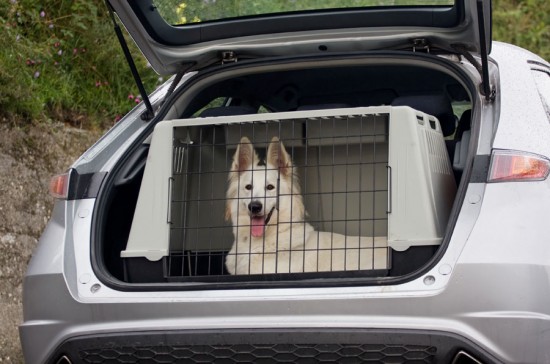
If you own a dog, you will no doubt at some point have cause to transport them in the car- whether that’s limited to once a year for their annual vet check and booster vaccinations, or if you take your dog everywhere with you and the daily car journey is simply part of their routine. It’s second nature when travelling in the car to put your seatbelt on and make sure that any children are strapped in and secure- but what about your pet? How can you keep your dog safe when driving and while getting in and out of your vehicle?
Read on to learn all about keeping your dog secure in the car and the best ways to keep them safe when travelling by road.
While many dogs will sit quietly on the back seat for the duration of their journey, others will leap about, move around and possibly cause a distraction to the driver of the vehicle- something that it is of course important to prevent.
Even if your dog is well trained and impeccably well behaved in the car, it is still really important to provide some means of restraint for them in case of a bump or an accident. An unrestrained dog may become seriously injured in the event of an accident, and the force of an impact such as a collision or even the effects of braking suddenly could potentially cause your dog to be thrown forwards and get seriously hurt by the walls and seats within the car, or even potentially be thrown through the glass of the windows-accidents which sadly often prove fatal.
Additionally, even if your dog comes through any bump or accident unharmed, they will understandably be upset and stressed and may further exacerbate any damage to the vehicle or injuries to other passengers, or display defensive aggression and even potentially run away in fear when you open the doors.
First of all, it is generally considered to be safer for the dog and less potentially distracting for the driver if your dog is transported in the back of the car as opposed to the front seat. You should never attempt to sit your dog on your lap while driving, or allow another passenger to travel with the dog on their lap, as not only does this not adequately restrain the dog and could potentially cause a distraction to the driver, but it is also more likely to cause injury to both the dog and the person in the case of an accident.
There are a couple different options open to you in terms of how to best restrain your dog in the car, and your final decision will largely come down to the size and shape of your car or vehicle, the size and temperament of your dog, and what works best for you- there is no one size fits all solution.
If your dog is crate trained and happy to sit quietly in a crate or cage, then this is one potential option for restraining your dog in the car- providing that you have enough room for the crate, of course! The crate should be large enough to house your dog comfortably and allow them to sit up and stretch, but not so large that the dog would be thrown around dramatically in the case of an accident.
Dog guards can be fitted to your car (or van) between the back of the seats and the boot area, to provide a restricted area of space for your dog to be contained within. In effect, this works in a similar manner to having a crate within your car, although it provides slightly less protection as your dog will not be protected from impact with the side or rear windows.
Dog harnesses are worn around the neck and chest of your dog, and fasten securely to your car’s existing seatbelt fittings. For smaller dogs, it is also possible to buy a special doggy booster seat to ensure a comfortable seating position and safe attachment to the car. Dog harnesses are available in shapes and sizes to fit all dogs, and ensuring a good snug but comfortable fit is vital to ensuring that the harness does its job when it is needed. Any dog car harness should be sufficiently padded to cushion the effects of restraint in the event of an accident or sudden stop.
Providing your dog will wear a harness happily and is not unduly fidgety and likely to get tangled up, a harness is generally considered to be the best and safest choice of restraint.
Happy driving!
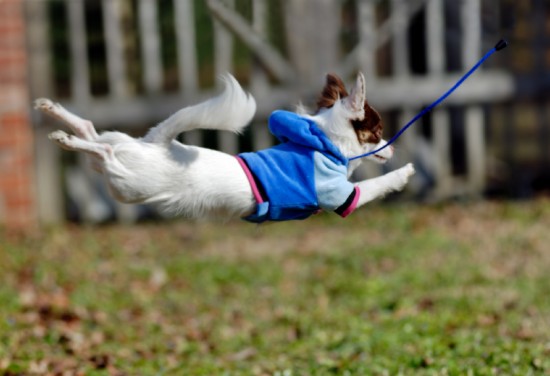 Dancing With Your Dog - Heelwork To Music
Dancing With Your
Dancing With Your Dog - Heelwork To Music
Dancing With Your
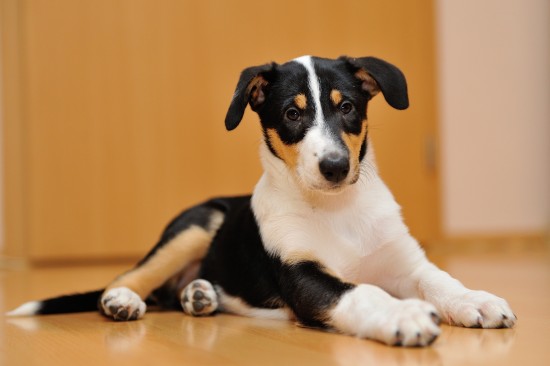 Vulnerable Uk Native Dog Breeds - Pastoral, Toy And Working Groups
Vulnerable Uk Nat
Vulnerable Uk Native Dog Breeds - Pastoral, Toy And Working Groups
Vulnerable Uk Nat
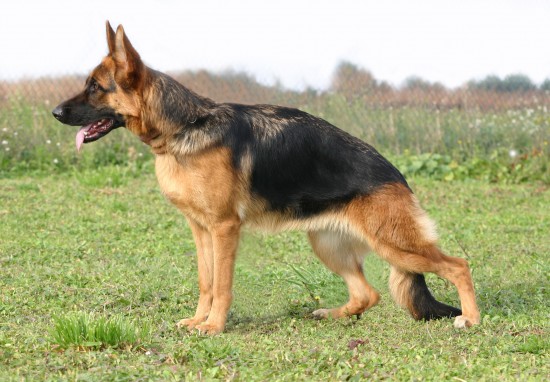 Health Issues Commonly Seen In German Shepherds
Health Issues Com
Health Issues Commonly Seen In German Shepherds
Health Issues Com
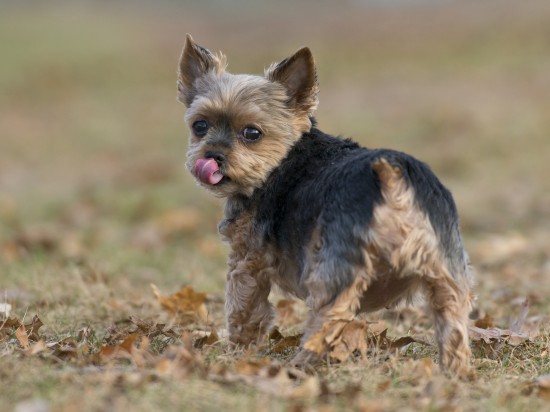 What Is Legg Calve Perthes Disease In Dogs ?
What Is Legg Calv
What Is Legg Calve Perthes Disease In Dogs ?
What Is Legg Calv
 Cats And Christmas
Cats And Christma
Cats And Christmas
Cats And Christma
Copyright © 2005-2016 Pet Information All Rights Reserved
Contact us: www162date@outlook.com